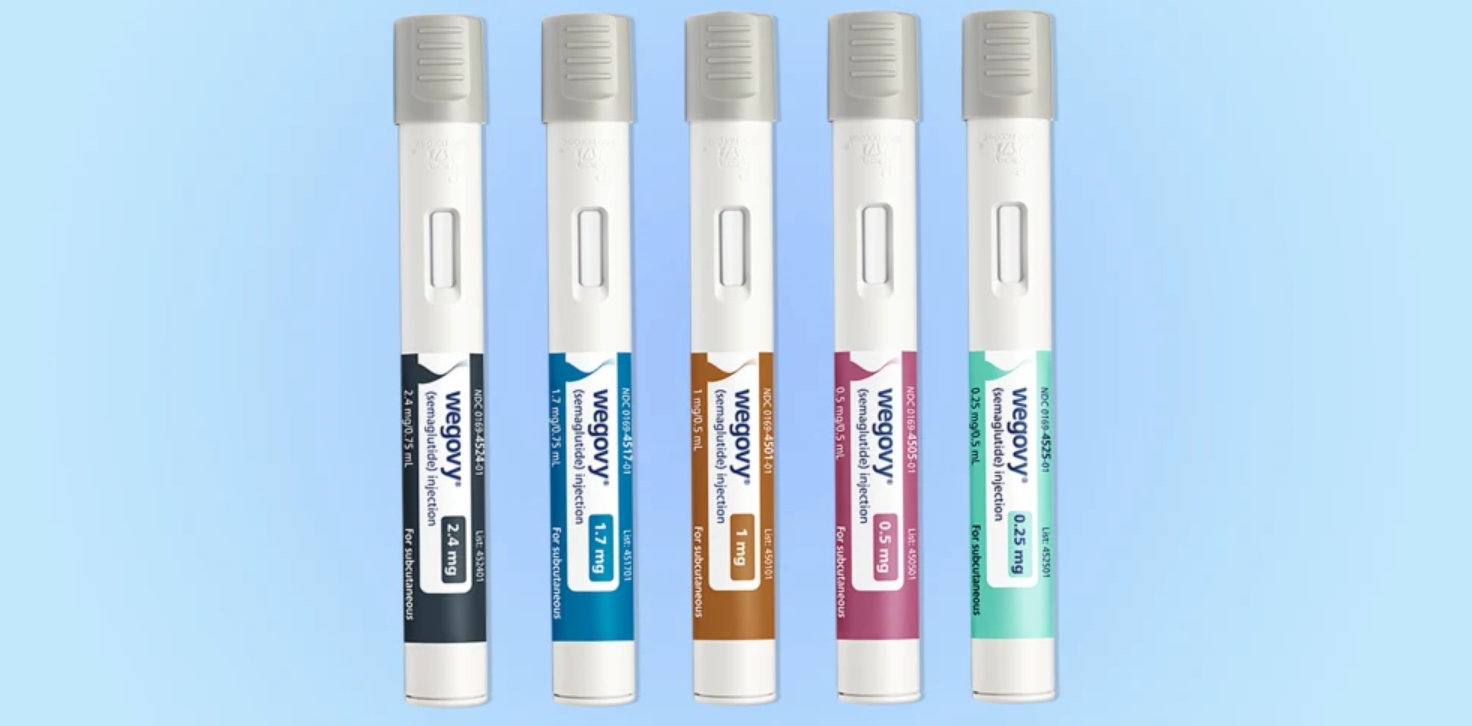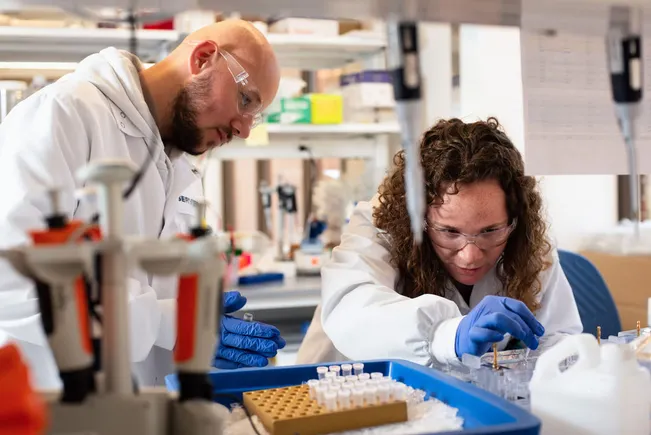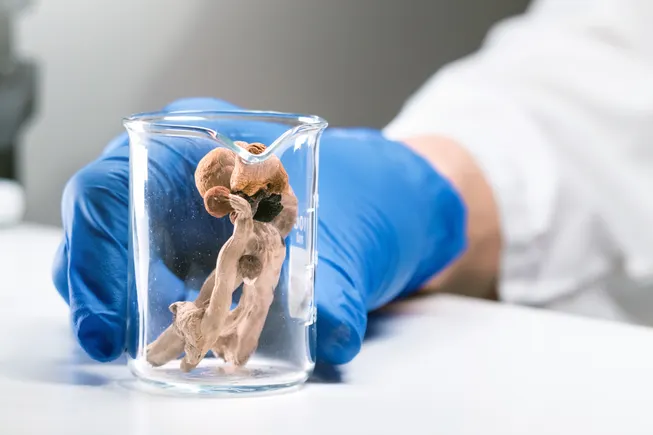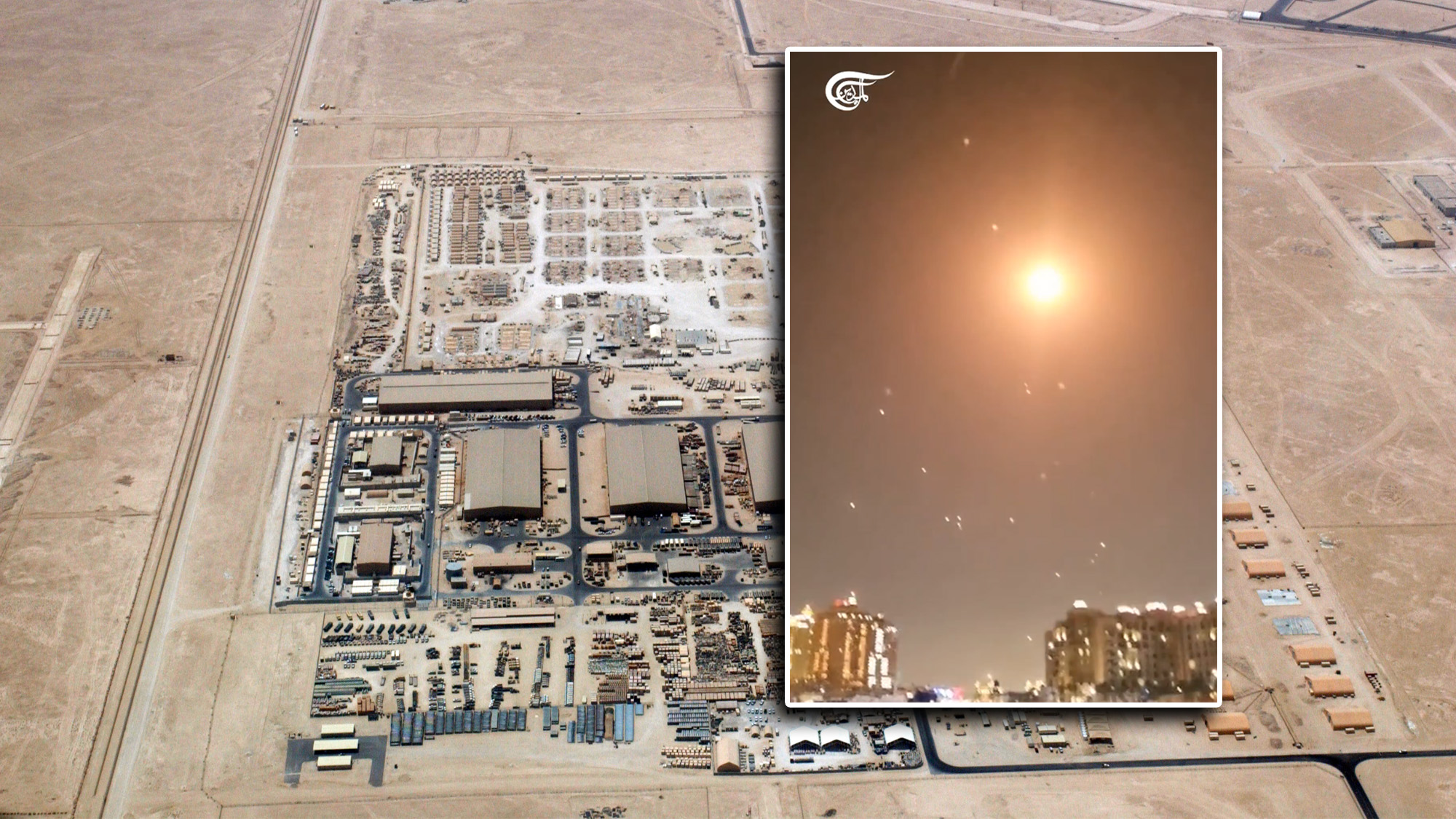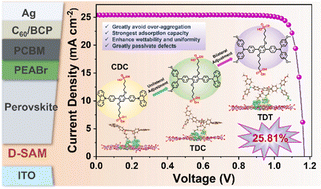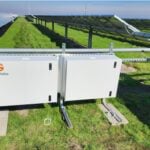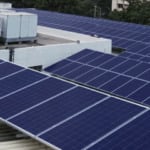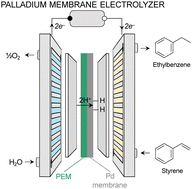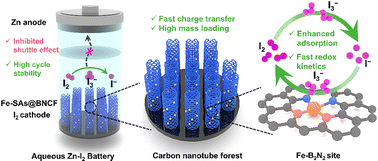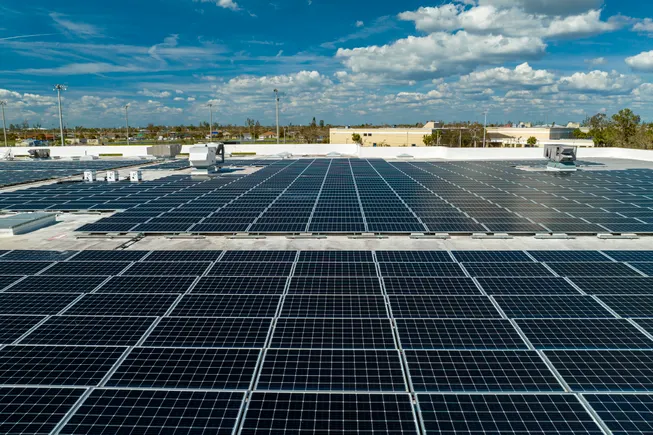Doped‐NiOx Seed Layer on Textured Substrates for Low‐Loss Contacts in Perovskite Solar Cells
Advanced Energy Materials, Volume 15, Issue 17, May 6, 2025.

The article presents a rubidium-based ammonia treatment to improve nickel oxide seed layers for inverted (p-i-n) perovskite solar cells (PSCs) on textured substrates. This strategy enhances hole-transport layer uniformity, boosts perovskite defect passivation, and strengthens self-assembled monolayer anchoring. These improvements yield a record efficiency of 25.66%, excellent stability, and scalability, advancing the commercial potential of PSC technology.
Abstract
Further improvements in photocurrent are essential to unlock higher efficiencies in inverted (p-i-n) perovskite solar cells (PSCs). While the use of textured substrates has proven successful in normal structure (n-i-p) devices to improve photocurrent, applying the same approach to p-i-n architecture is challenging due to difficulties in depositing ultra-thin self-assembled monolayers (SAMs) on uneven surfaces. To overcome this limitation, a rubidium-based ammonia treatment for nickel oxide seed layers is proposed. This strategy enhances the surface homogeneity of hole-transporting layers on textured substrates, facilitates perovskite defect passivation, and improves SAM anchoring, collectively enhancing hole extraction and suppressing non-radiative recombination. As a result, the optimized PSCs achieves a champion power conversion efficiency (PCE) of 25.66% with a fill factor of 86.35% and demonstrates excellent long-term stability, retaining 95% of their initial PCE after 1,000 hours following ISOS-L-2I protocol. Moreover, the scalability of this approach is validated with a 1 cm2 active area device, achieving a PCE of 23.90%. These findings highlight the potential of the strategy to address key challenges in PSC interfaces and advance the commercial viability of high-performance perovskite photovoltaics.






















































